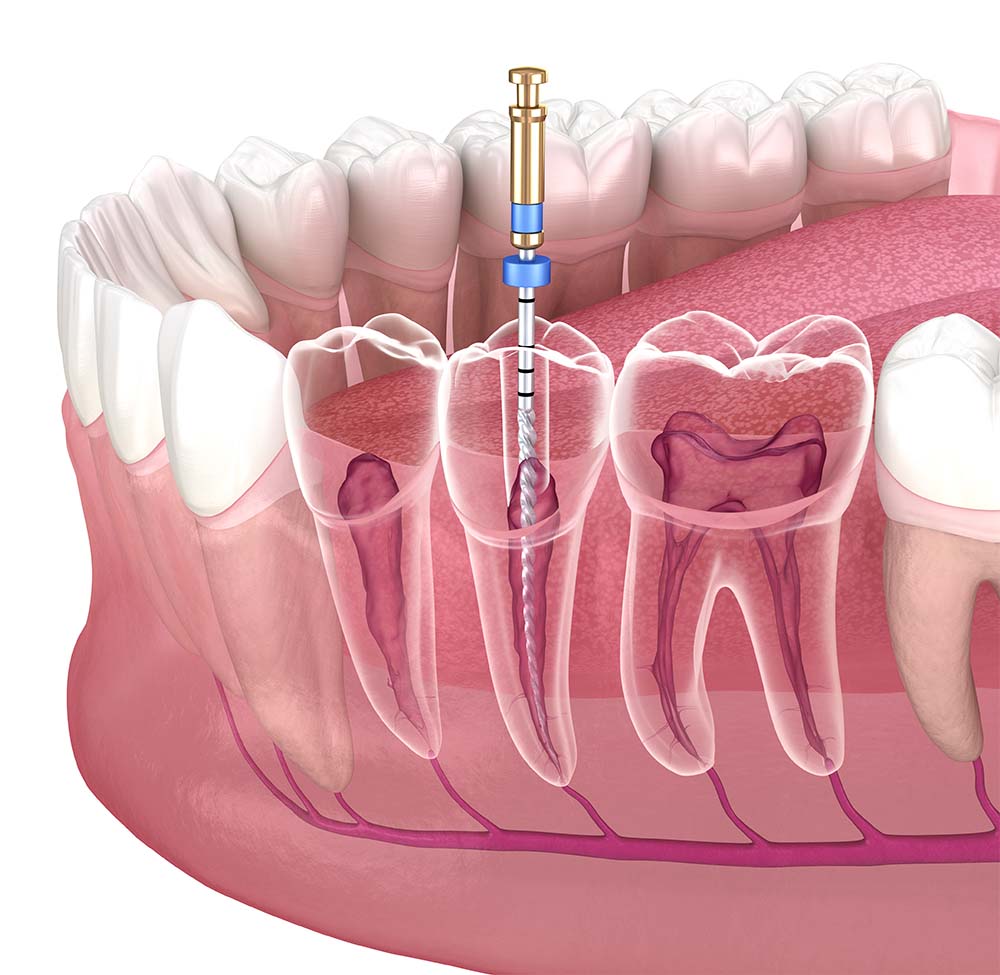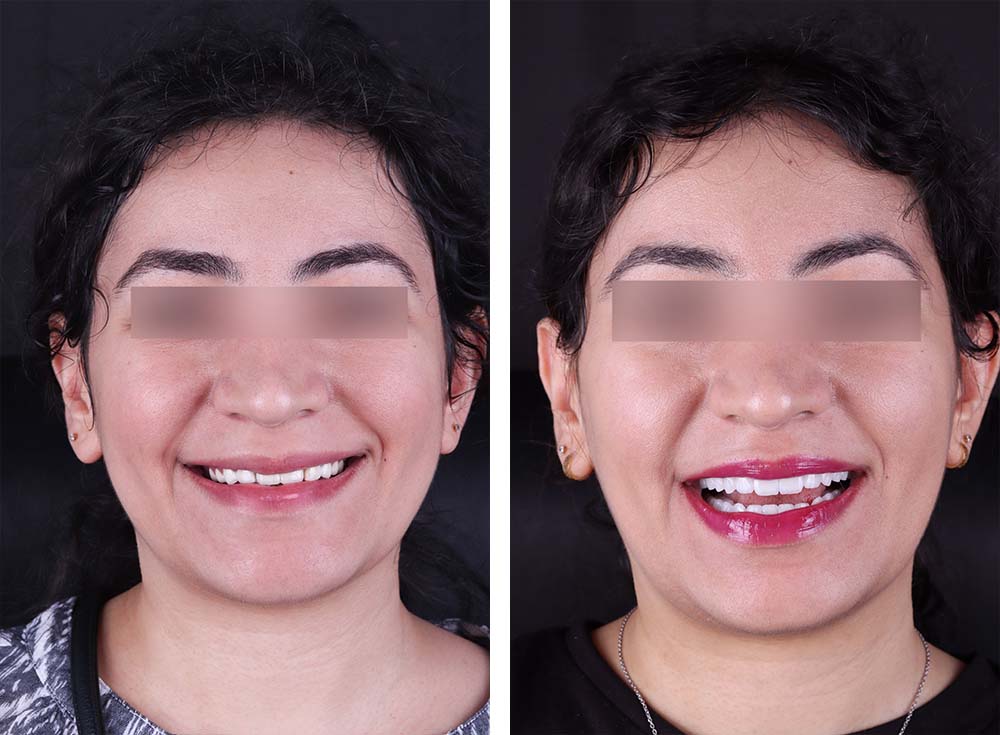What is the Role of an Endodontist?

If you come to a dentist’s appointment with a toothache, oftentimes you may be referred to an endodontist. Who is that? What is the role of an endodontist?
An endodontist is a “tooth-saving specialist” who identifies the causes of dental pain, treats root canals, and performs other procedures related to the internal structures of a tooth. Read the article to the end, and you will learn how an endodontist performs a common, but vital procedure: root canal treatment.
In this article, we will also provide detailed information on what an endodontist does, in which clinical cases their assistance is required, and how endodontic treatment is conducted.
An endodontist is a dental specialist who specializes in diagnosing and treating the causes of dental pain that affect the roots and pulp of a tooth, such as pulpitis or infections in the periapical tissues. For example, they treat canals to address inflammation or the consequences of mechanical damage.
Important
The pulp is the inner fibrous structure of a tooth consisting of nerve endings, lymphatic vessels, and blood vessels. It is responsible for the sensitivity and nourishment of dentin cells.
How Is Endodontic Treatment Performed?
Endodontic treatment involves the removal of infected pulp tissues, the extraction of the vascular-nerve bundle, followed by the sealing of the root canals.
Dentist’s Advice
Entrust your treatment to a clinic equipped with an operating microscope.
An endodontist deals with the microstructures of a tooth. For a detailed examination and high-quality therapy of root canals, the doctor requires powerful magnification.
By performing treatment through a microscope, the endodontist can locate all the entrances to the root’s branches, carefully remove the infected vascular-nerve bundle (or its part), and thoroughly clean the tooth from the inside. This reduces the risks of reinfection.
Endodontists perform procedures aimed at relieving pain and saving even severely damaged or decayed teeth from extraction, when possible. What are these “procedures”?
Root Canal Treatment Procedures
Root Canal Treatment in Sequence
The doctor:
- Treats the area of inflammation.
- Removes necrotic tissues.
- Thoroughly cleans and disinfects the internal structures of the tooth.
- Seals the cavities in the root canals tightly with gutta-percha pins.
- Restores the tooth with a crown or filling.
Inflammation or infection in the root canals can develop for various reasons, such as deep cavities, pulpitis, or periodontitis.

Retreatment
How retreatment works:
Doctor’s Opinion
With advancing technology, the methods of root canal treatment are constantly evolving. Therefore, during retreatment, the endodontist may employ new techniques that were not available during the initial procedure.
Retreatment may be necessary if the tooth did not heal properly or if a new problem arises. The most common situations include:
Doctor’s Advice
With proper care, you can preserve teeth that have undergone root canal treatment for a lifetime. Maintain good oral hygiene, undergo preventive dental check-ups (once a year), and have professional cleanings of your teeth (every six months).
Traumatic Injuries
Important
Any tooth damage requires immediate examination by a dentist, even if it seems minor at first.
Complicated Crown Fracture
A fracture involving damage to dentin and exposure of the pulp chamber (up to 50% of the tooth is lost). The absence of timely treatment leads to the penetration of pathogenic bacteria into the pulp and the death of the vascular-nerve bundle.
The treatment method depends on the time elapsed since the injury and the nerve’s viability:
Partial or complete removal of the infected vascular-nerve bundle. The endodontist cleans, enlarges, and seals the root canals.
Doctor’s Advice
What to do and what not to do before visiting the dentist:
Do not use pain relievers/ointments within 6 hours before the appointment. This may interfere with the action of anesthesia.
Bite down on sterile gauze soaked in water with a traumatized tooth if breathing through the mouth or drinking cold liquids causes pain.
Dislocation (Luxation)
Dislocation (or Luxation) is a painful condition in which a tooth is displaced, losing its connection with the socket, damaging blood vessels, and depriving the tooth of its blood supply.
Treatment depends on the type of injury:
Timing is crucial in this case because the pulpless tissues start to undergo necrosis due to the lack of nutrition. Replanting the tooth back into the socket is only possible within the first few days after it has fallen out. The dentist reimplants it into the bone socket and stabilizes it with a splint. After 1-2 weeks, the endodontist performs antiseptic treatment of the root canals and places a permanent filling.
Important
Therapy is possible only if the socket’s integrity is not compromised, the tooth remains intact with its root, and there are no cracks/chips.
When is Root Canal Treatment Performed?
Symptoms of pulp infection include:
Sensitivity to hot/cold.
Pain when biting.
Loosening of the tooth.
Swelling of the tissue around the affected tooth.
Acute pain when pressure is applied.
Cheek swelling.
Change in tooth color.
Doctor’s Opinion
An infected vascular-nerve bundle can be saved if you seek help from a dentist as soon as possible. They can remove part of the damaged internal tooth structure (e.g., the crown) to preserve it. However, if the nerve requires complete removal, the dentist replaces it with an elastic gutta-percha filling material and restores aesthetics with an artificial crown.
Patient inaction will lead to further infection spreading within the tooth’s internal tissues and complete pulp necrosis.
Important
Full Mouth Reconstruction is a comprehensive oral rehabilitation, including a series of extensive procedures aimed at improving smile aesthetics, restoring tooth functionality, and overall oral health.

A Case of Endodontic Treatment Prior to Full Mouth Reconstruction
Description:
A patient visited Dr. Tetri’s clinic complaining of migraines. Examination revealed malocclusion due to bridges on both jaws, gum inflammation caused by ill-fitting dentures, facial asymmetry, and upper lip drooping.
Incorrect bite provoked dysfunction of the temporomandibular nerve (TMD), leading to severe headaches.
Treatment:
During the patient’s first visit, periodontist Dr. Tetri removed all old restorations. Surgical gum treatment was performed to reduce inflammation.
During the next two visits, certified endodontist Dr. Sain treated several root canals.
By the patient’s third visit, the process of creating the Tetri’s Smile™ digital smile design was completed. Using Dr. Tetri’s proprietary method, a computer program modeled the visualization of tooth shape, lips, face, and smile line.
Temporary crowns were placed. The patient wore them for 6 months until the chewing muscles and TMJ function returned to normal. In the final stage, Dr. Tetri placed permanent ceramic crowns.
The result:
Facial symmetry was restored, and a month after the permanent crowns were placed, the patient’s migraines completely disappeared. The patient was satisfied with her brand new, radiant smile.

